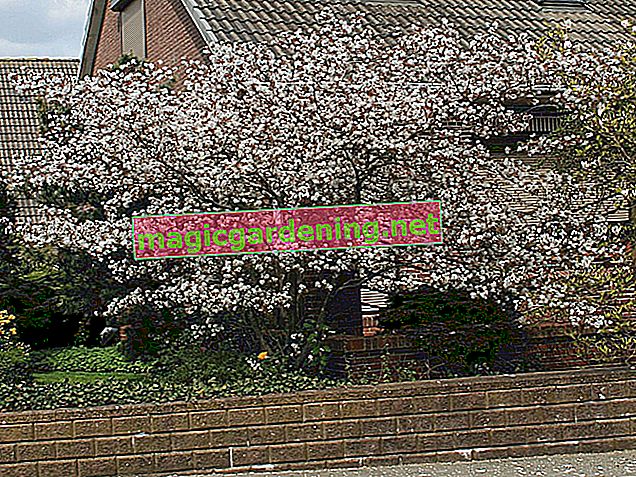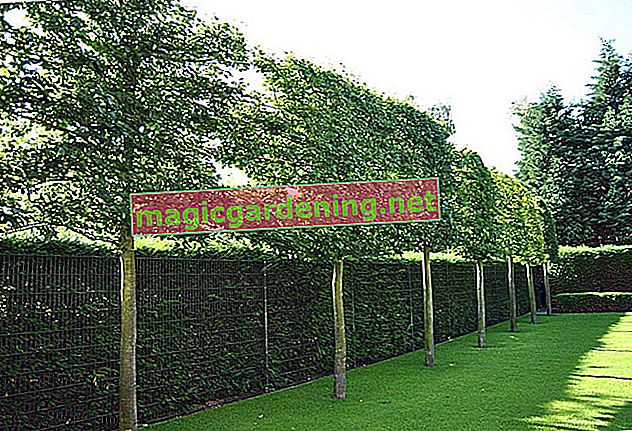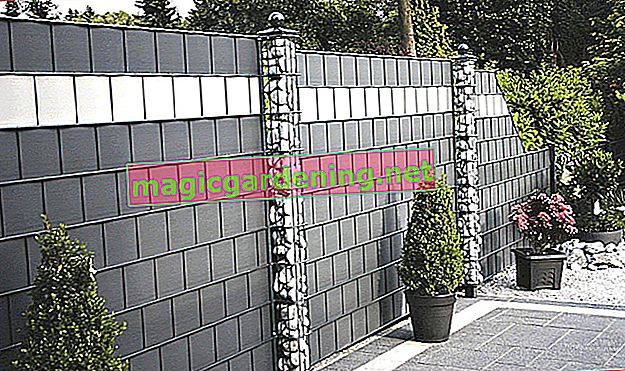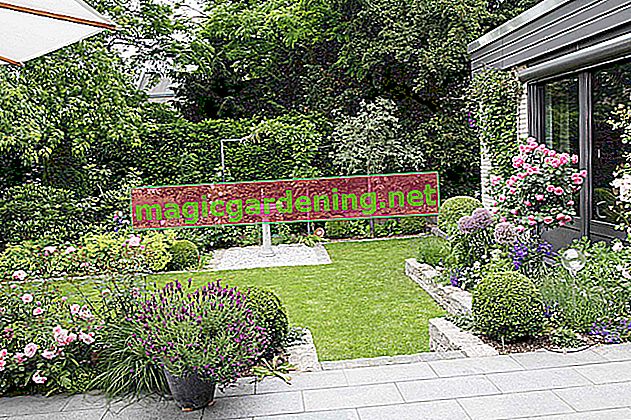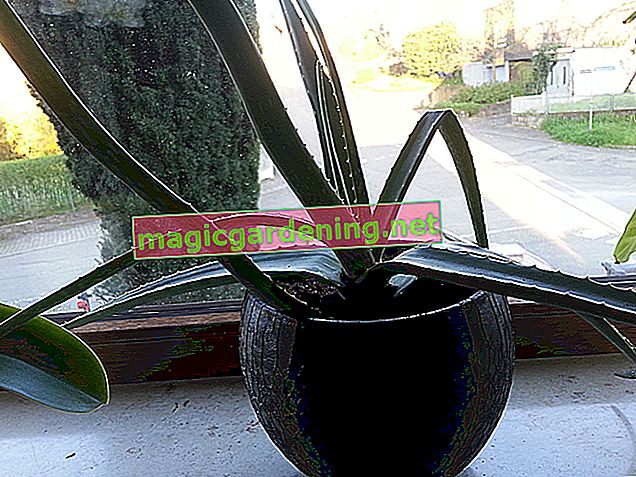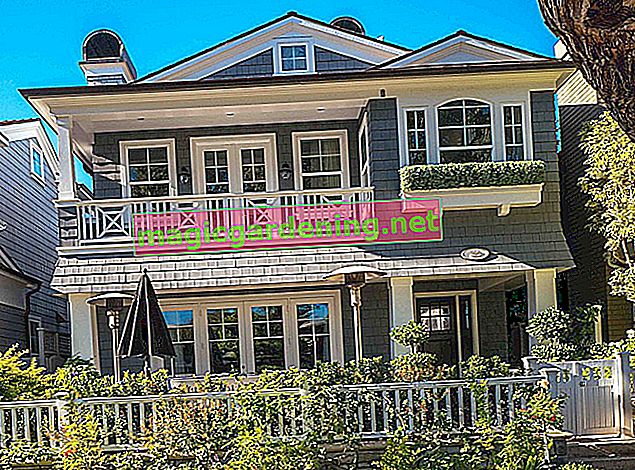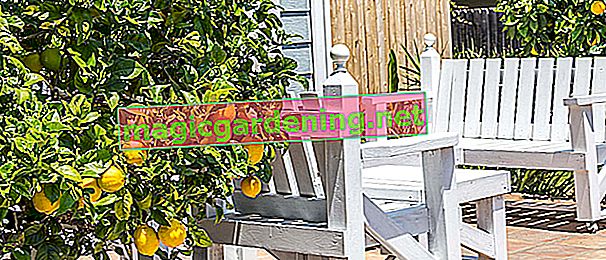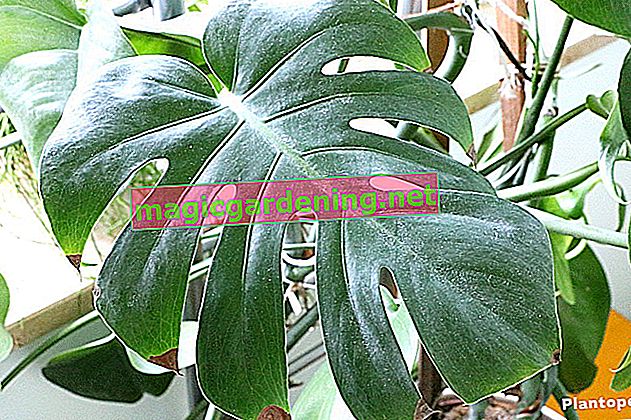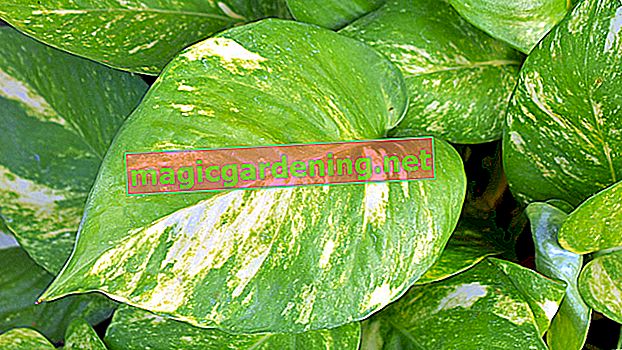
What to look for when caring for a pepperoni plant?
The following aspects are important for the healthy growth of your pepperoni plant:
- irrigation
- the right choice of location
- Fertilizer application
- wintering
also read
- Valuable tips for cultivating hot peppers in your own garden
- Tips and tricks for planting a hot pepper
- It's that easy to grow a hot pepper
to water
A pepperoni plant has a high water requirement. Always keep the substrate moist and only water the soil and not the leaves. At the same time, it is important to avoid waterlogging. It is best to use lukewarm, stale and soft water, such as clean rainwater, for watering.
Location and weather protection
Keeping in a bucket is very advantageous with regard to the requirements for the location. Cultivated in a pot, you can move your plant steadily and thus create optimal conditions for the external conditions. On the one hand, the vegetables need a lot of light and heat, on the other hand they must also be protected from the wind and must not rain wet. These requirements are mostly met under a roof overhang, especially since, as I said, you can move the pot constantly. A window sill can also be used as a storage location. However, you should be aware that heating air that is too dry could be harmful in winter. If you want to put your peppers in the ground, they must not get frost. So in winter you inevitably have to dig them up again. For the rest of the year, cozy warmth accumulates in a greenhouse.
Fertilize
You should enrich young plants in particular with organic vegetable fertilizer (€ 26.15 on Amazon *) every two weeks. For example, nettle manure is recommended. Artificial fertilizer, on the other hand, doesn't do your pepperoni well. When choosing the agent, pay attention to little nitrogen - the more magnesium content. If the first flowers appear, this is a sign to stop fertilizing.
Overwinter
The hot peppers must be overwintered in a moderately warm but light place. Under no circumstances should this be done outdoors in freezing temperatures. The minimum limit is 5 ° C. Temperatures should also be around 10 ° C at the alternative location. If necessary, the vegetable can also tolerate 20 ° C. Only in late spring are the weather conditions right again to put the peppers in the fresh air or to plant them.
Frequent care mistakes
The most common maintenance mistakes include:
- wrong pouring
- too little light
- nutrient poor soil
- Buckling due to strong wind
- wrong fertilizer application

